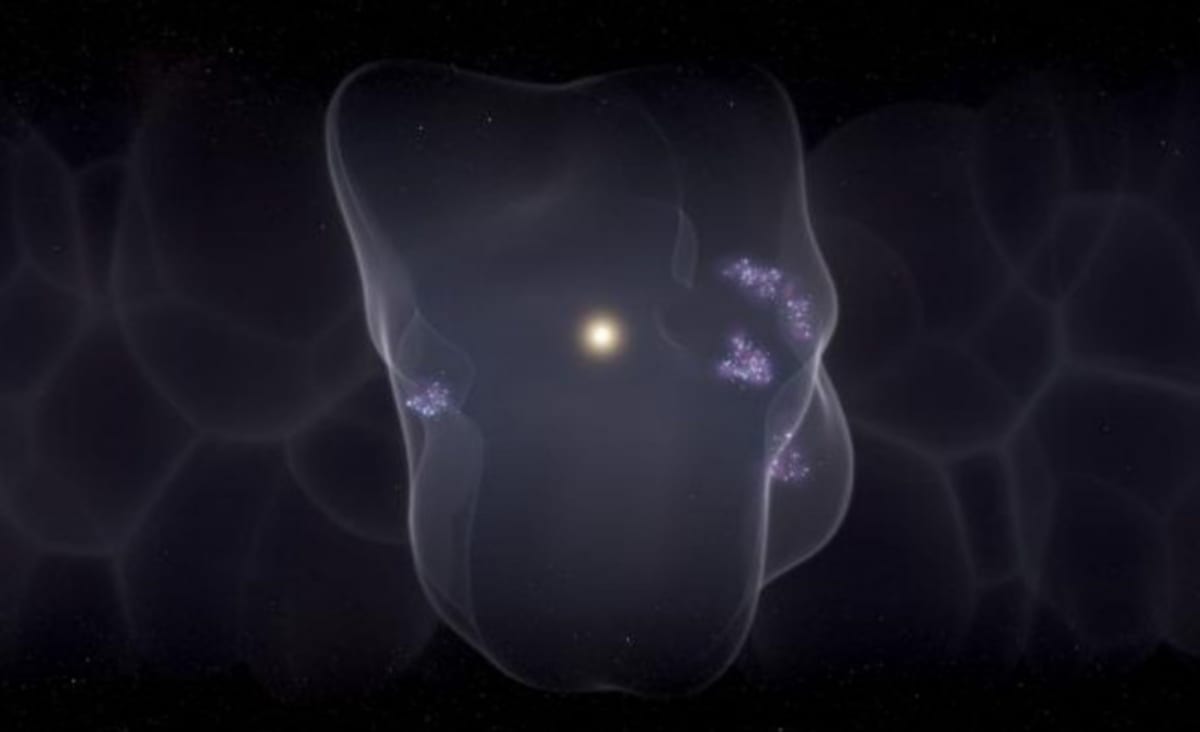
interestingengineering.com
A 14 Million-Year-Old Bubble Is the Source of All New Stars Around Us
In our search for the origins of our universe, we might also find where we came from. Was it by chance, design, or just a Local Bubble?
Science & Tech
14 million years ago a series of supernovae exploded pushing gas outwards and making a bubble that had conditions ideal for the formation of new young stars that we see around us. These are the findings from researchers at the Center for Astrophysics (CfA) Harvard and Smithsonian, an institutional press release said.
The origin of the universe and its many many stars keeps amazing us. While there are many theories surrounding the formation of our universe, science demands proof and that is why we send out space telescopes to peer far out in space and way back in time to understand how we got here. The most recent addition is the James Webb Space Telescope, which is just a few months away from sending us its first-ever image.
Putting together the data we have so far, researchers at the CfA and Space Telescope Science Institute (STScI) have put together a space-time animation that explains how 15 supernovae set into motion the formation of the gas bubble called Local Bubble whose surface can give rise to new stars. So far, seven well-known molecular clouds or star-forming regions are known on the Local Bubble that continues to grow in size.
Catherine Zucker, a data visualization expert who contributed to the work during her fellowship at the CfA said that although the bubble's growth has plateaued over millions of years, it is still growing at about four miles per second.
Interestingly, our sun, which was away from the Local Bubble when it was formed, moved right into the center of the bubble over five million years ago by virtue of its path in the galaxy, giving us quite a view from the Earth as young stars form on the Bubble's surface all around us.
Bubbles created by supernovae that give rise to new stars was a theory that was put up over 50 years ago, the press release said, and "now we have proof that they exist", said Alyssa Goodman, a co-author on the study that was published in Nature today.
The team of researchers now wants to map out more such bubbles in our galaxy to improve our understanding of their sizes, shapes, and locations along with how they interact and drive the birth of new stars in our Milky Way, the press release said.
























































